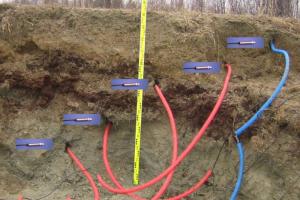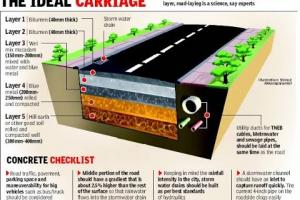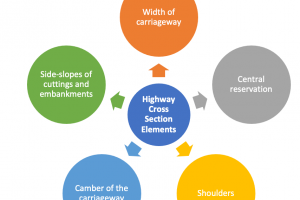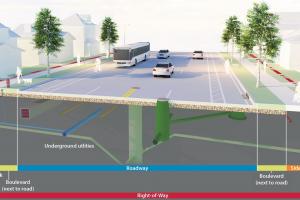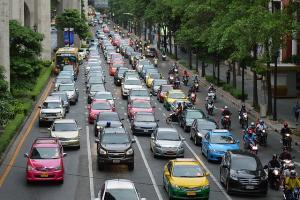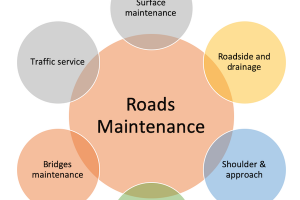Comparison of Modes of Transportation
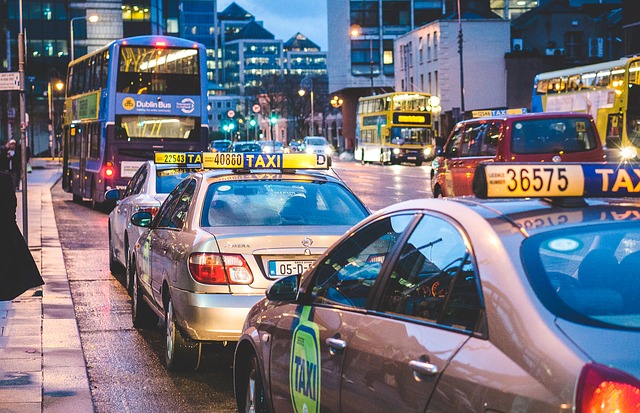
1. Degree of Freedom
D.O.F means in how many direction a vehicle can move
- In case of Railways, D.O.F is 1
- In case of Roads, D.O.F is 2
- In case of Air-Transport and Underwater transportation, D.O.F is 3
2. Unit of Transport
Three Systems
- Single Unit System (Buses, Trucks, Cars etc)
- Multi Unit System (Trains)
- Continuous System (Pipeline Transportation)
3. Dependability
It means whether the service can be used throughout the year in all climatic conditions or not.
- Railway Provide more dependable service as compared to water or air transportation
- Road transport can be operated in extreme conditions like fog etc. but at lower speed.
4. Flexibility
i) Route Flexibility: Can we take any route any time ( Not possible in case of railways)
ii) Time flexibility: Can the vehicle move or stop any time ( for Railways, time scheduling is done to maintain certain distance between two trains moving on the same track in same direction)
iii) Vehicle Flexibility: Whether various types of vehicles can be used on the facility or not.
In case of railways, different types of vehicles can not use the track.
5. Adaptability
Whether the system can be used in extreme conditions like gradients or not? The steeper gradients should be avoided in case of Railways and air transport can be provided
6. Safety
Includes safety of vehicles, goods and passengers. It has two aspects
i) Accidents:
- Number of accidents
- Intensity of accidents
Railway accidents are lesser in number but of high intensity as compared to road accidents.
ii) Operational Control:
With the help of operational control, we can enhance the safety of the system.
7. Hauling Distance
- It is the distance up to which we can transport the passengers and goods.
- For short/medium distances, road transport is the most suitable
- For medium/long distances, railways are suitable
- For very long distances, air transport or water transport is suitable.
8. Speed/Travel Time
In case of railway, journey/Travel time can be reduced by high speed as there is no delay due to traffic jam as in case of road transport
9. Type of Traffic
How much passengers or goods are transported by different modes.




